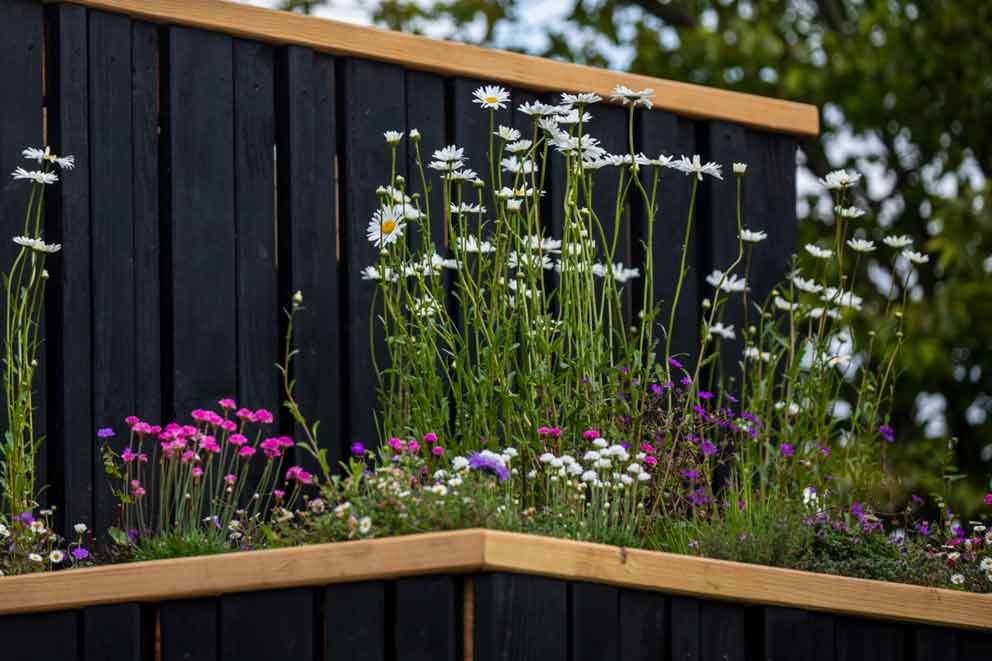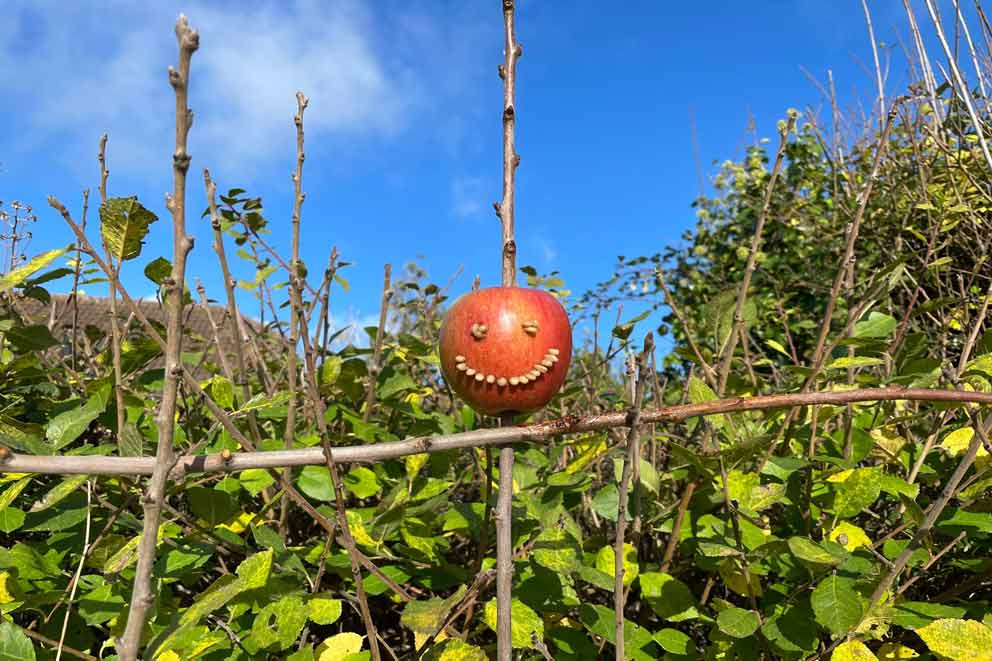- Find a Pet
- Advice and Welfare
- Ways to Give
- Get Involved
- What We Do
- Search
- My RSPCA
- Report a concern
- Sponsor
-
Colour modeVivid Calm
How to build a green roof
Martyn Wilson, designer of The RSPCA Garden, explains why a green roof can be a great addition to a wildlife-friendly space.
Gardeners typically look for any space that can accommodate more plants, so why not plant on a roof? Whether on a shed or outbuilding, flat-roofed extension or even bike shelter, looking up can reveal that extra room. Green roofs can also provide a haven for birds and insects, including bees, beetles and butterflies.

Martyn Wilson, designer of The RSPCA Garden for the RHS Chelsea Flower Show 2023, explains how beneficial a dead hedge is for a garden, and the creatures that visit it.
"Green roofs, sometimes called living roofs, can become mini ecosystems. Depending on where you install them, the type and the plants you use, your green roof can provide food and habitats for many kinds of wildlife.
"They can also absorb carbon and improve air quality, cool urban environments, promote water drainage, protect the underlying structure from rain and sun, reduce noise pollution and, of course, look wonderful."
Found a stuck or injured animal?
If you spot an animal that appears to be trapped, sick or injured, report your concern to us, and we’ll do what we can to help.

Martyn Wilson, Our garden designer
Building a green roof
There are two standard types of green roof: extensive and intensive.
Intensive green roofs are raised beds (which may need planning permission and/or a suitable contractor to carry out the work) or container gardens. Depending on the space you have, this could simply be some potted plants on a small area.
Consider maintenance and access when planning an intensive garden, ideally choosing plants tolerant of wind and drought like grasses. In particularly large, sheltered and accessible spaces you could even think about shrubs and small trees – but always check with an expert first.
Extensive green roofs are more structured, with waterproofing, insulation and drainage just some of the layers. Mat-forming sedum, sempervivums, moss and nectar-rich creeping thyme are popular, along with certain ferns. The whole thing can be supplied and installed by specialist companies.
A green roof could also feature bug hotels and homes for solitary bees. Just be sure to include them – along with damp soil and mature plants – when considering the weight burden on the existing structure.
"From the smallest bike shed micro-garden to full green building coverage, a green roof can be the perfect addition to your outdoor space," says Martyn.

volunteer
Become a Wildlife Friend
Sign up as a volunteer to take action for wildlife in your local area, share RSPCA advice online and help us campaign for a better future for all kinds.



